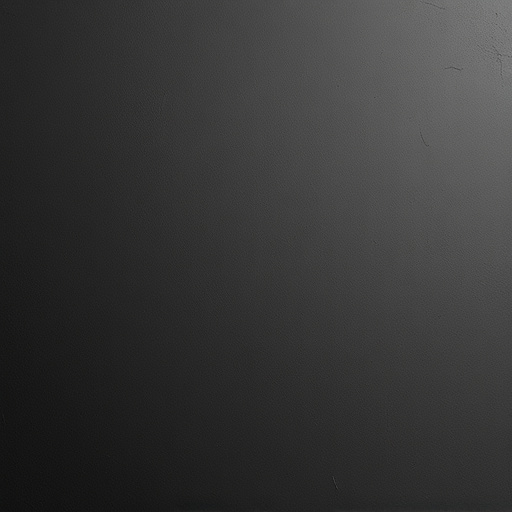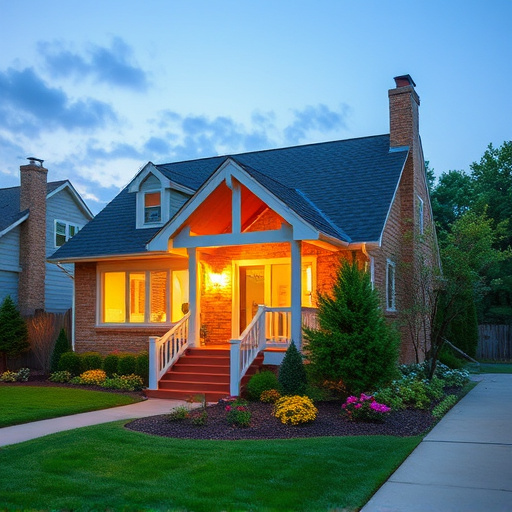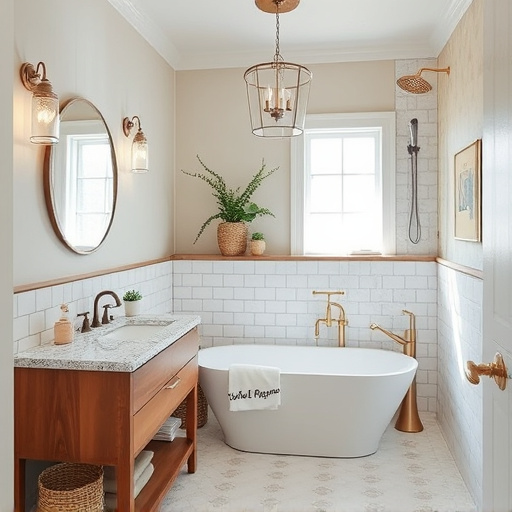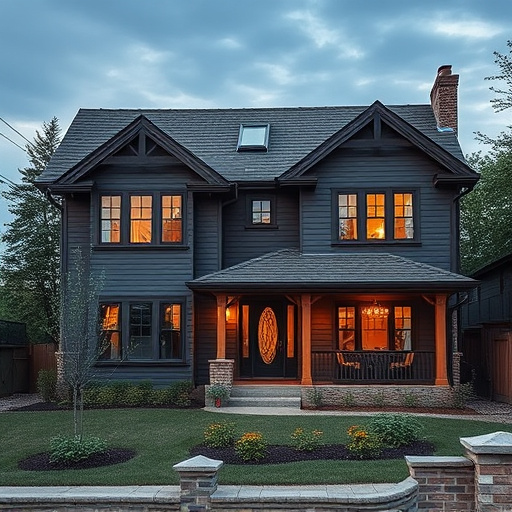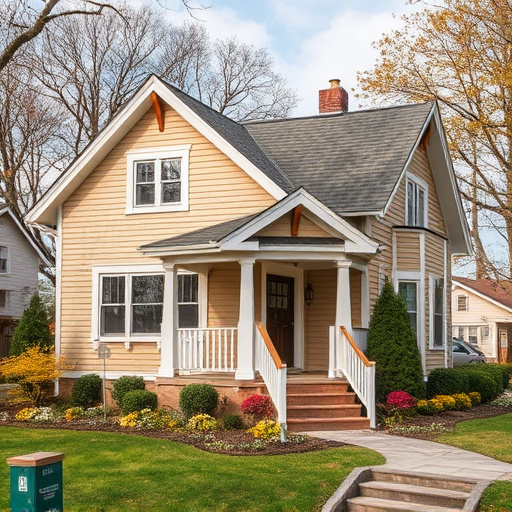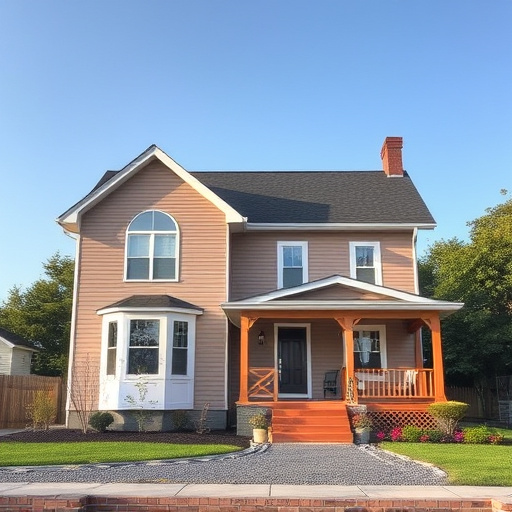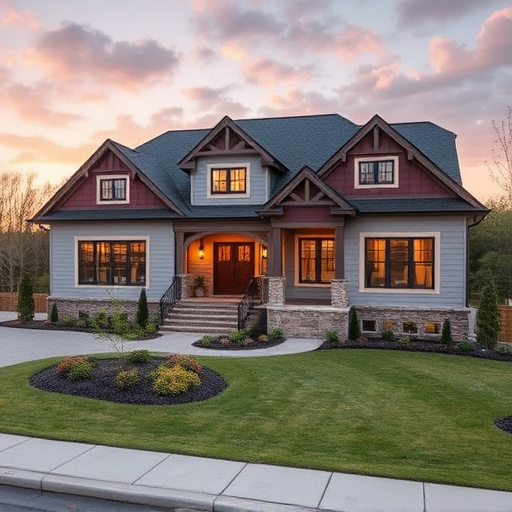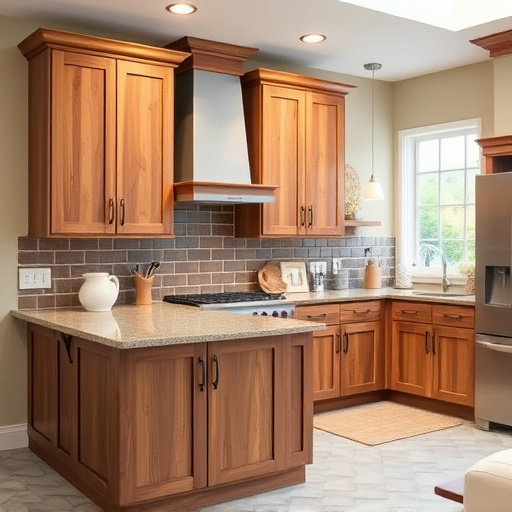Before flooring install, evaluate subfloor condition for damage and moisture levels. Address humidity concerns to prevent warping and mold. Level unstable subfloors with patches or compounds for seamless installations. Proper subfloor prep extends flooring life, enhances finish, and improves home improvements (flooring install).
Planning a flooring install? Don’t overlook the subfloor—it’s the unsung hero of your home’s structure. Before laying any new flooring, assess its condition: is it level, stable, and dry? Moisture and instability can lead to warped floors and uneven wear. This guide explores how to identify and address these common subfloor issues, ensuring a solid foundation for your new flooring installation and preventing future problems. Learn how to correct moisture problems and prepare the subfloor properly for optimal results.
- Assess Subfloor Condition Before Flooring Install
- Correct Moisture and Stability Issues
- Secure and Prepare Subfloor for Optimal Flooring Installation
Assess Subfloor Condition Before Flooring Install
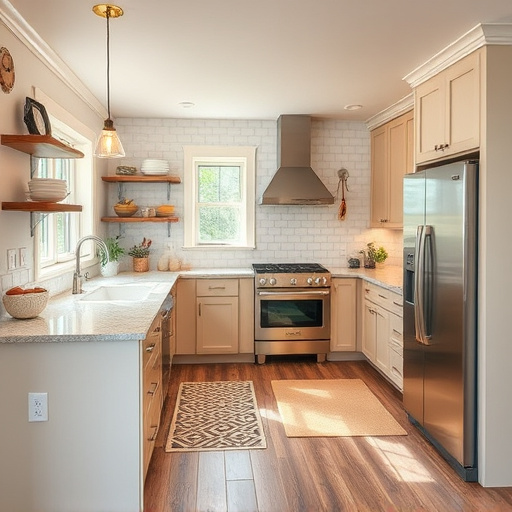
Before laying any new flooring, it’s crucial to assess the condition of your subfloor. The subfloor is the layer beneath your floor, usually made of plywood or concrete, and its stability is vital for a durable flooring install. A quick visual inspection can reveal signs of damage like warped boards, missing screws, or loose joints, indicating that repairs are needed.
For a more comprehensive evaluation, especially in areas like bathrooms undergoing remodel or customized home renovations, it’s advisable to test the subfloor’s integrity. This involves checking for moisture levels, as high humidity can lead to rot or weakens the subfloor’s structure. Also, look out for uneven surfaces or gaps, which might require leveling the subfloor before proceeding with your flooring install, ensuring a smooth and long-lasting finish, whether it’s for interior or exterior painting projects.
Correct Moisture and Stability Issues
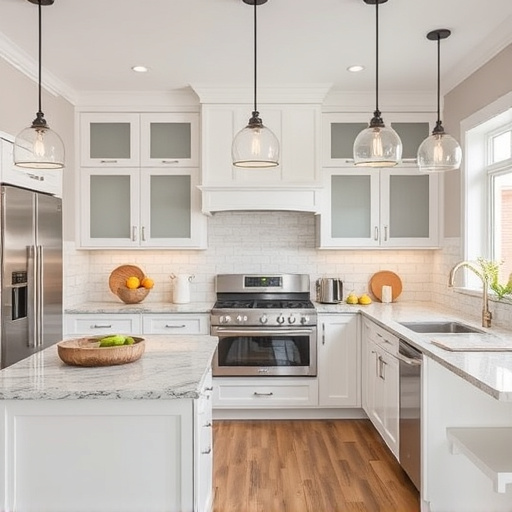
Before proceeding with any flooring install, it’s crucial to address moisture and stability issues present in the subfloor. High humidity levels or water damage can lead to warping, buckling, or mold growth, compromising both the integrity of your floor and its longevity. To correct these issues, start by identifying and fixing sources of moisture intrusion, such as leaks or high outdoor humidity. Ensure proper ventilation to regulate indoor humidity levels.
Stability is another critical factor. An unstable subfloor can cause uneven flooring, leading to trip hazards and an overall poor finish. Leveling the subfloor using self-leveling compounds or plywood patches is often necessary before proceeding with floor replacements or customized home renovations. For residential renovations, these steps are essential to ensure a smooth, durable flooring install that stands the test of time.
Secure and Prepare Subfloor for Optimal Flooring Installation
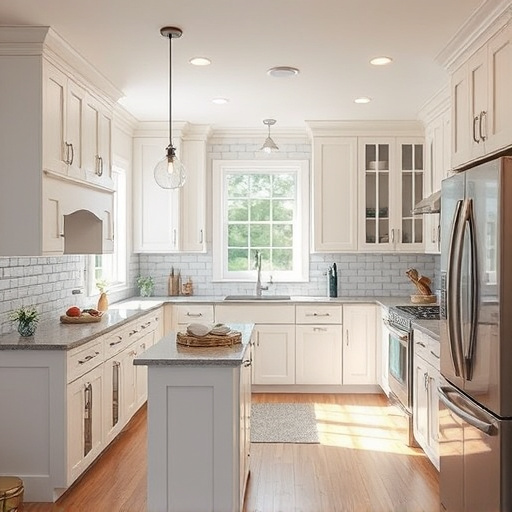
Before laying any new flooring, ensuring the subfloor is secure and properly prepared is a fundamental step for optimal flooring installation. This process involves several crucial checks and repairs to create a sturdy base. Begin by inspecting the subfloor for any signs of damage, such as loose or missing boards, gaps, or water damage. Repair or replace damaged sections using suitable materials to match the existing subfloor.
Next, ensure the subfloor is level by using a leveler tool to identify and address high or low spots. Fill any gaps or holes with appropriate filler and sand until smooth. In the case of an uneven subfloor, consider installing a moisture barrier to protect against humidity-related issues, which are common in residential renovations or multiple room remodels. Properly preparing the subfloor not only enhances the longevity of your new flooring but also ensures a seamless finish when combined with interior painting or other renovation projects.
When dealing with subfloor issues, proper assessment and correction are key to a successful flooring install. By addressing moisture and stability problems, and ensuring the subfloor is securely prepared, you lay the foundation for a durable and aesthetically pleasing finish. These steps are essential to achieving optimal results in any flooring installation project.


